Targeted in situ sequencing directly maps editing rates at single-cell resolution in postmortem tissues to visualize base and prime editor delivery.


Scientists use supercomputer that can process quadrillions of calculations per second to simulate mouse cortex for “virtual experiments”
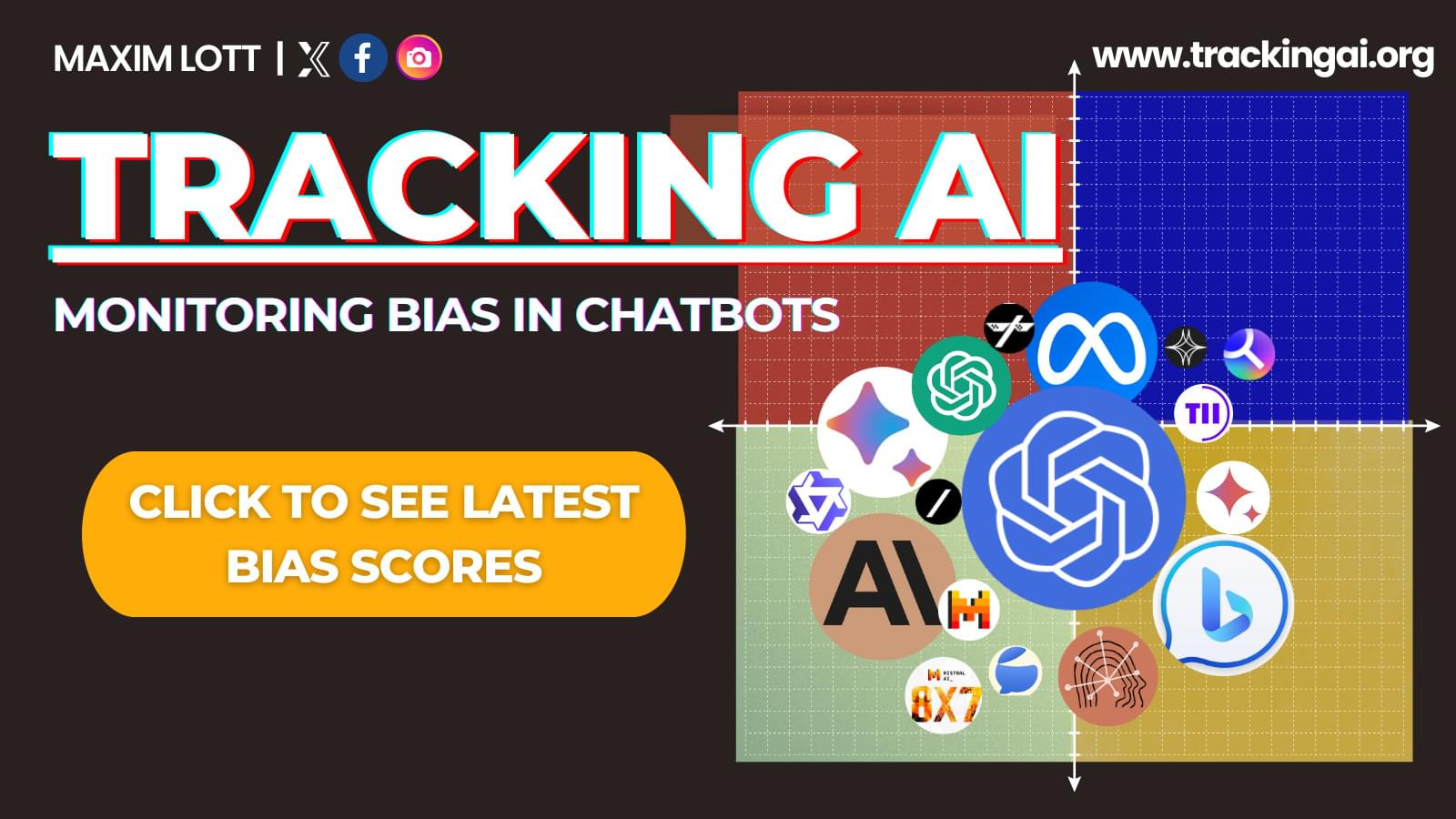
Is a cutting-edge application that unveils the political biases embedded in artificial intelligence systems. Explore and analyze the political leanings of AIs with our intuitive platform, designed to foster transparency in the world of artificial intelligence. Stay informed and uncover the political inclinations shaping the algorithms behind the technology revolution.
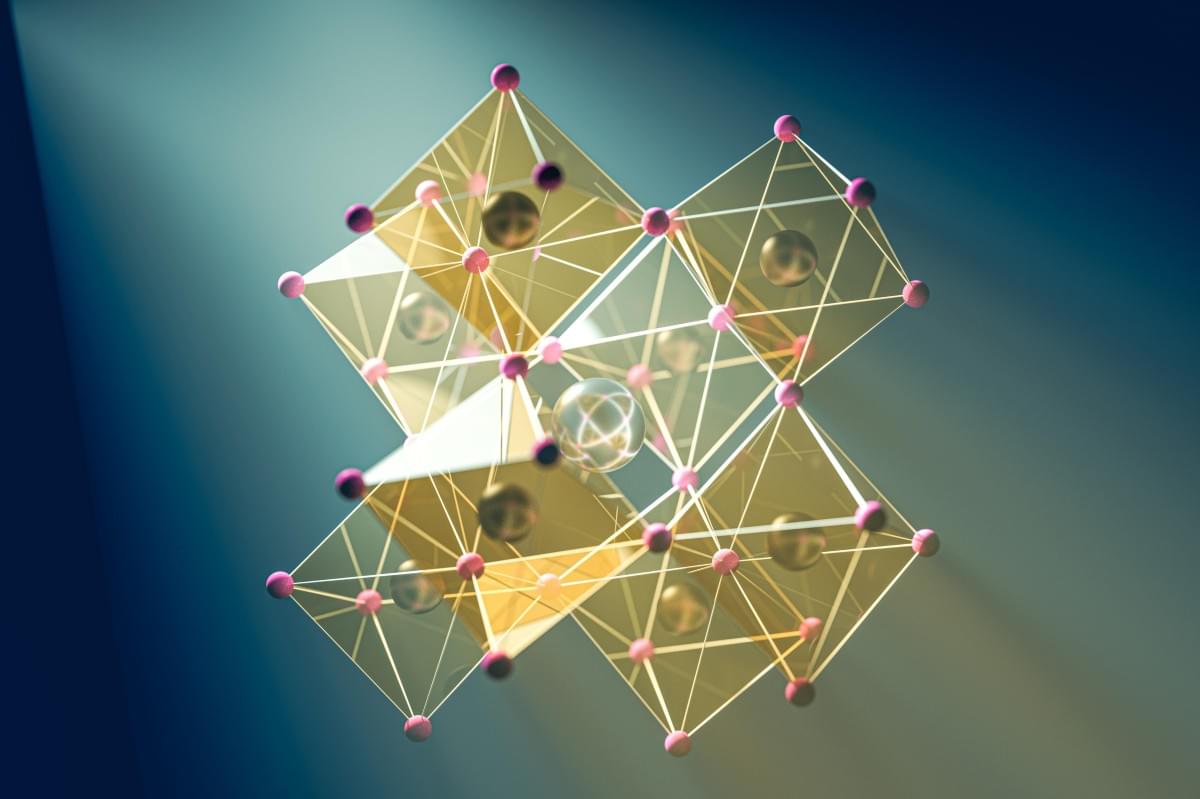
To capture more of the Sun’s spectrum, Steve Albrecht of the Technical University of Berlin and the Helmholtz Centre for Materials and Energy added a third layer of perovskite to make a so-called triple-junction cell, which could potentially offer even higher efficiencies. “It is truly a product of the future,” he says.
Other researchers are teaming perovskites with organic solar cells, forming flexible tandems suitable for indoor applications, or to cover vehicles. Yi Hou of the National University of Singapore points out that the perovskite layer filters ultraviolet light that would damage the organic cell. His team made a flexible perovskite–organic tandem5 with a record efficiency of 26.7%, and he is commercializing the technology through his company Singfilm Solar.
Despite the promising efficiency results, there was broad consensus at the conference that long-term stability is the field’s most pressing issue. Collaboration between researchers from academia, industry and national labs will be vital to fix that, says Marina Leite at the University of California, Davis: “We can work together to finally resolve the problem of stability in perovskites and truly enable this technology in the near future.”
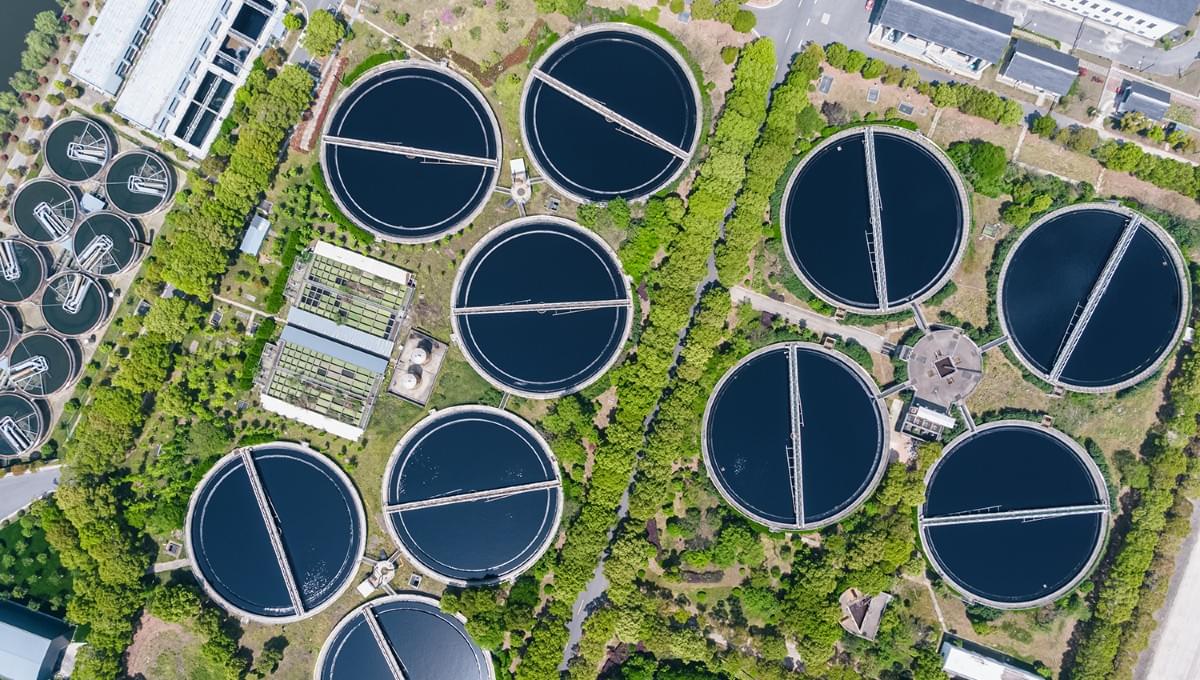
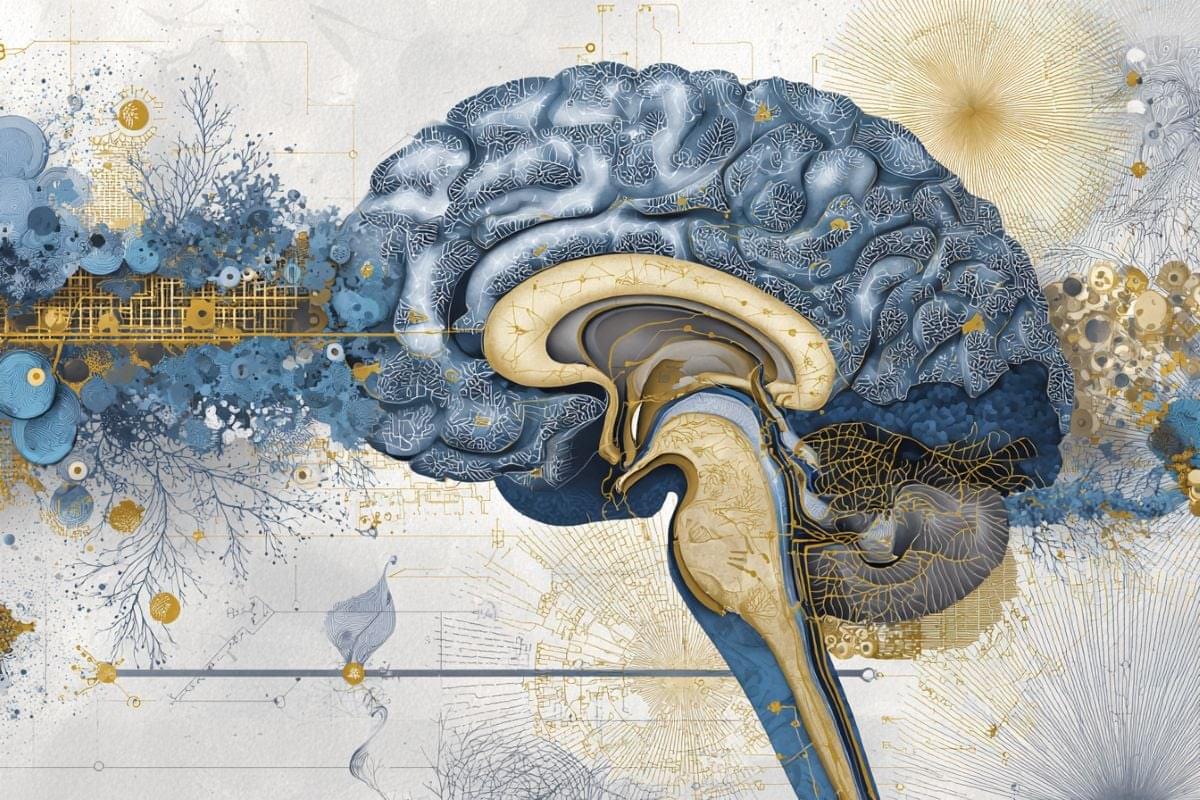
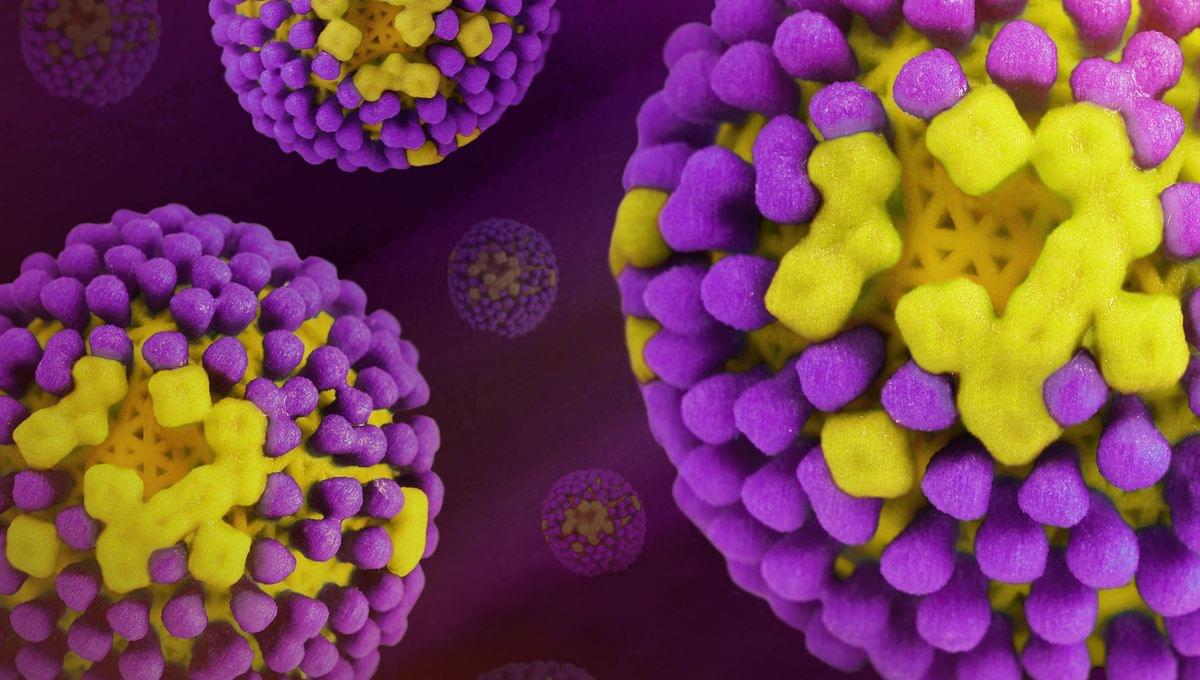
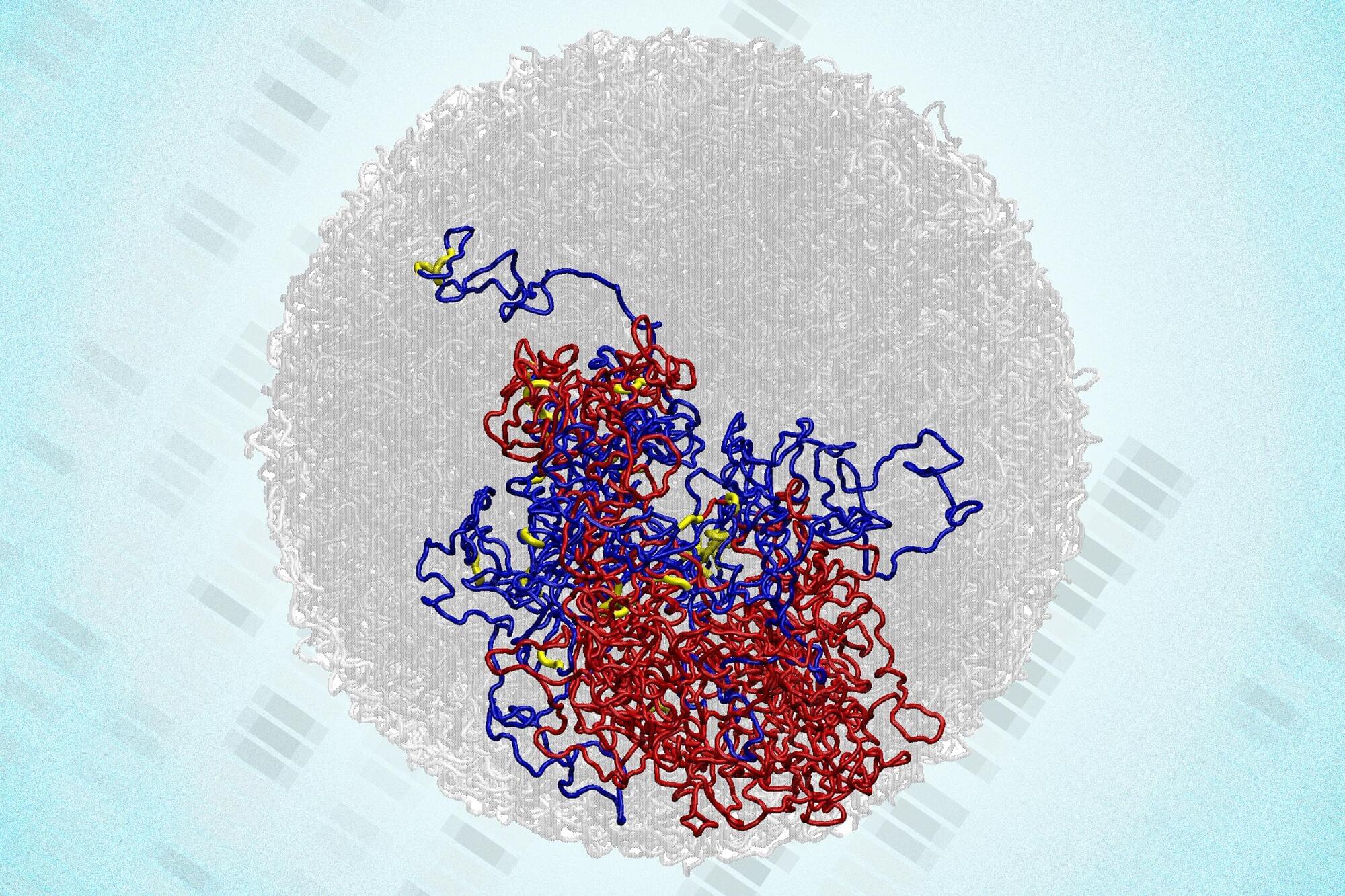

RAY-lee) is the scattering or deflection of light, or other electromagnetic radiation, by particles with a size much smaller than the wavelength of the radiation. For light frequencies well below the resonance frequency of the scattering medium (normal dispersion regime), the amount of scattering is inversely proportional to the fourth power of the wavelength (e.g., a blue color is scattered much more than a red color as light propagates through air). The phenomenon is named after the 19th-century British physicist Lord Rayleigh (John William Strutt). [ 1 ].
